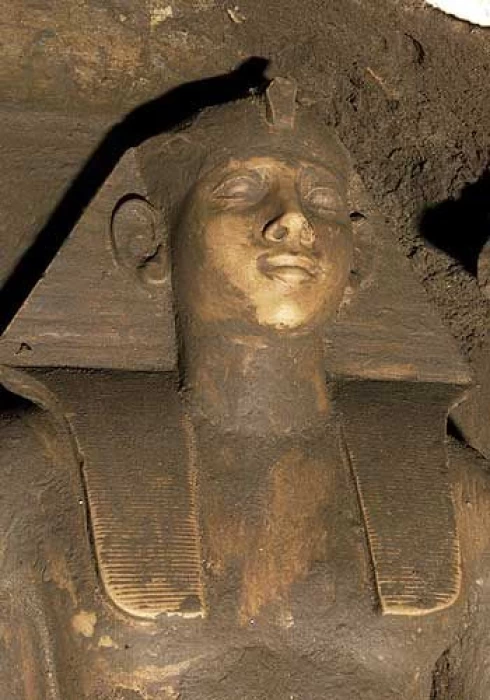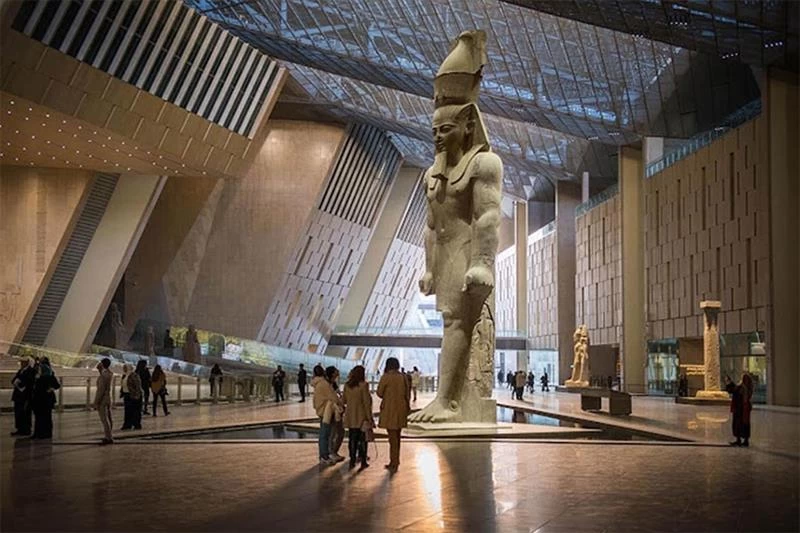
The Thirteenth Dynasty of the History of Ancient Egypt
The Middle Kingdom
Under the collective name Middle Kingdom, the thirteenth dynasty of ancient Egypt—abbreviated Dynasty XIII—is frequently grouped with Dynasties XI, XII, and XIV. Some authors group it with Dynasties XIV through XVII in the Second Intermediate Period, separating it from these dynasties. The Dynasty XIII lasted from after 1650 BC until about 1773 BC.
Khendjer, the first Semitic monarch to be officially recognized, became the ruler of the thirteenth dynasty, which is noteworthy. However, the thirteenth dynasty was unable to maintain its influence over the entirety of Egypt, and the western delta's marshy regional royal family at Xois broke away from the central government to establish the fourteenth dynasty.
Following the reign of King Sobekhotep IV of the thirteenth dynasty, the land began to fracture more quickly. The Hyksos may have initially appeared during the reign of Sobekhotep IV. They eventually came to rule the town of Avaris, which is located a few miles from Qantir and is now known as Tell ed-Dab'a/Khata'na, about 1720 BC.
Manetho, an Egyptian priest who wrote during Ptolemy II Philadelphus' reign, kept the general outline of the ancient story of the Hyksos' "invasion" of the area in his Aegyptiaca. Manetho wrote that the Hyksos, under the leadership of Salitis, the fifteenth dynasty's founder, overran Egypt in the reign of "Tutimaios," who has been linked with Dedumose I of the Thirteenth Dynasty.
A group of Hyksos princes and chieftains succeeded this dynasty. They governed in the eastern delta region with their native Egyptian vassals, and modern Egyptologists refer to the time of their dominance as the sixteenth dynasty. They are chiefly recognized by scarabs bearing their names.















